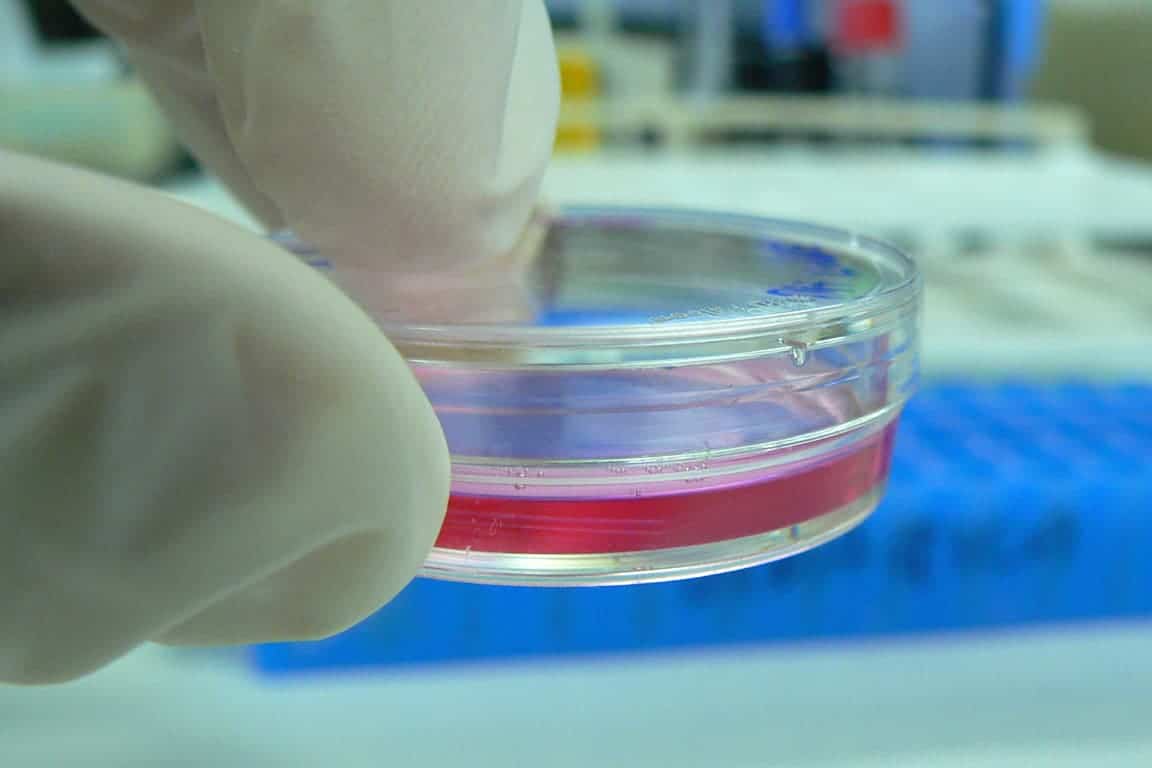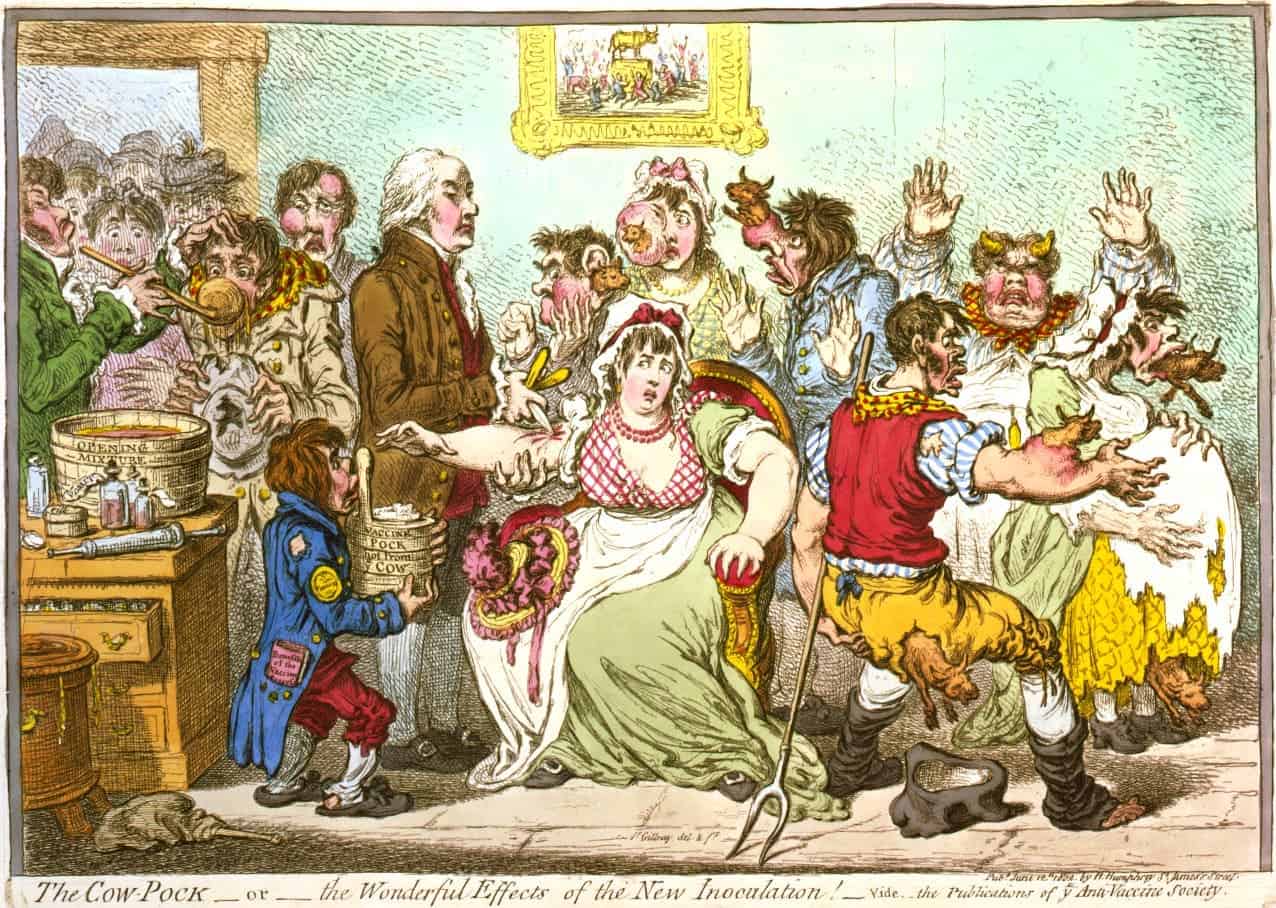Despite what some quackery claims, vaccines save lives — lots of them. Leonard Hayflick of the University of California, San Francisco, who isolated a cell strain used in vaccines, wanted to see how many lives he helped save. The figures are truly impressive.
Prevented 4.5 billion cases of disease and saved more than 10 million lives

In 1963, vaccination against polio, measles, mumps, rubella, varicella, adenovirus, rabies and hepatitis A became more common thanks to a new cell culture line. Before that, vaccine cultures were very difficult to grow. Scientists tried using monkeys, but there was a great risk of infection with other monkey viruses, so this approach was dropped, leaving people without vaccines and highly vulnerable to infections. This all changed in 1962 when Hayflick and Paul Moorhead isolated a cell culture line called WI-38. WI-38 was invaluable to the day’s researchers, especially those studying virology and immunology since it was a readily-available cell line of normal human tissue which could be used to develop vaccines.
Thanks to it, vaccination became much more common after 1963. With the emergence of vaccines, the incidence of polio was reduced by 99.9% and some regions of the world have been certified polio-free. Vaccines relying on the cell strain helped combat a number of other diseases. Hayflick wanted to see just how much of a difference he’d made, so he approached Jay Olshansky, professor of epidemiology and biostatistics at the University of Illinois at Chicago School of Public Health.
“Given the acknowledged large, positive global health impact of vaccines in general, I was curious what contribution my discovery of WI-38 in 1962 had in saving lives and reducing morbidity, since a large number of viral vaccines in use today are made with my cell strain or its derivatives,” Hayflick said.

Together, they analyzed the number of cases of disease and deaths prevented by vaccines developed using WI-38, as described in studies published from 1960 to 2015. They assumed the prevalence rate would have been similar and considered when vaccines were introduced in different parts of the world. Their conclusions? Vaccines based on the WI-38 strain prevented over 4.5 billion disease cases worldwide, 200 million in the US alone. This ended up saving 10 million people.
Anti-vaxxing threatens the next generation
It’s truly baffling that despite all this, some groups are still trying to combat vaccines. Anti-vaccination (usually abbreviated as anti-vaxxing) is a fringe trend that’s becoming dangerously powerful, threatening to undo decades of scientific progress — as well as the health of the next generation.
“Vaccination is a particularly important issue to think about now, given the rise of an anti-vaccine movement that has the potential to reverse the health gains achieved through one of the most powerful interventions in medical history,” Hayflick said. “The anti-vaccination movement endangers the health of an entire generation of children.”

Researchers stress that measles outbreaks like the ones in California from 2014 and 2015 were, at least in part, caused by anti-vaxxing. Basically, they explain, when a minority refuses to vaccinate their children, they don’t only risk their health — but also the health of many other people.
“The reduced number of children being vaccinated in the U.S. isn’t just a problem for those children,” said Olshansky. “It’s a problem for the country because it lowers herd immunity.”
Vaccines can prevent outbreaks of disease and save lives, not only by protecting vaccinated people but also by preventing the spread of diseases. The so-called herd immunity is achieved when almost everyone from a community is vaccinated. Even if a minority can and does contract the disease, it can’t really spread because there’s nowhere to spread — everyone else is vaccinated. But if that minority starts growing, then it offers a lot of wiggle room for the disease, and this is exactly what’s happening now in the US. Studies have shown that vaccination rates for measles, mumps, and rubella in the U.S. are now as low as 50 to 86 percent. If anti-vaxxing develops even more, we’ll see more and more outbreaks.
“If the anti-vaccination movement gains any additional traction, developed and developing nations will have taken a dangerous step backward in protecting public health, especially of children,” Hayflick said.
The ultimate irony
“It is ironic that in the anti-vaccination community, the very people who are denying protection to their children by foregoing vaccination are healthy and alive today because they, and possibly their parents, were vaccinated,” Olshansky said.

It’s even more ironic that the entire anti-vaxxing movement started gaining traction from one single study published in 1998 — which has since been shown to be fraudulent and misleading. Richard Horton, at the time editor of the journal in which the study was published (The Lancet) publicly describing Wakefield’s research as “fatally flawed”. A retraction was issued, with ten of the authors of that study declaring:
“We wish to make it clear that in this paper no causal link was established between (the) vaccine and autism, as the data were insufficient.”
Yet anti-vaxxing thrives. Billions of prevented diseases, millions of saved lives, and people want to just throw that away. The Lancet, which is one of the world’s most prestigious medical journals, published a paper which called anti-vaxxing a “privilege of the fortunate.” Basically, vaccines were so successful that people have forgotten how threatening outbreaks can be and are considering giving them up.
“As often happens, vaccination would soon become the first victim of its own success; with measles gone from high-income countries, the fear of measles disease waned from the collective memory of a new generation of parents who were fortunate enough to have been vaccinated as children. The mild side-effects of the vaccine, such as fever or pain, are now perceived by some people as a greater disturbance than the disease itself.”
This is why I think this paper is so crucial — because it shows just how much vaccines have done for mankind. The developed world is now enjoying a golden age in terms of resistance to outbreaks, why backtrack on that, when there’s still work to do? An estimated 1.4 million children under 5 worldwide still die each year due to lack of access to vaccines, yet the world’s privileged want to give them up. It’s an irony which has every chance of becoming a catastrophe.
Journal Reference: S. J. Olshansky, L. Hayflick — The Role of the WI-38 Cell Strain in Saving Lives and Reducing Morbidity. doi: 10.3934/publichealth.2017.2.127


